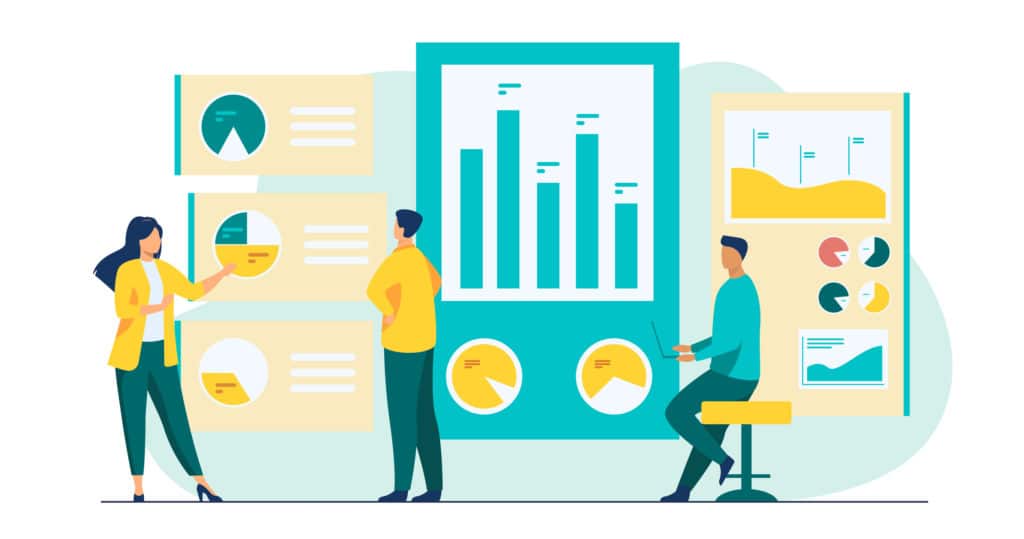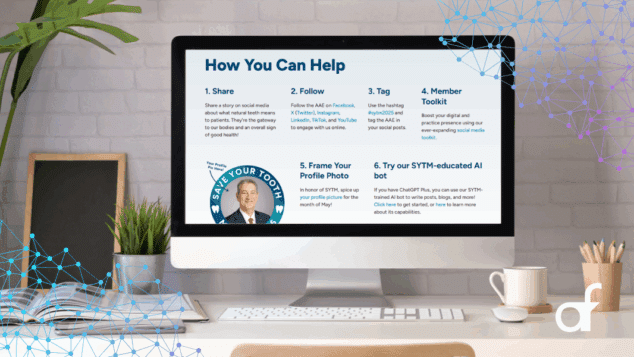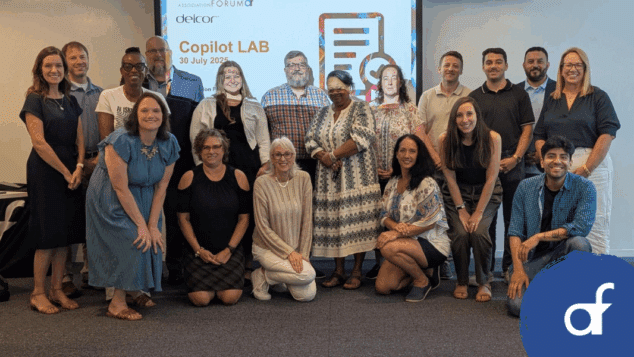Demystifying Data Across Your Association

2022 was an interesting year, to put it mildly. That said, it’s also been encouraging to see so many associations embracing new technologies to meet member needs during unprecedented times. I’ve found it particularly exciting to see how many associations were able to use data to not only survive but thrive in uncertain, challenging times. While data-centric practices are gaining traction in the association space, individual associations still fall across a wide spectrum in terms of organizational data maturity. Similarly, association leaders also vary in terms of their individual comfort with data terminology and practices—something I addressed in a recent article where I offered tips to help leaders overcome data discomfort.
While that article focused on ways individual leaders can become more comfortable understanding and talking about data, equally important is fostering a data-centric culture where all employees understand and speak data. In order for an organization to fully embrace data-driven business practices, staff across all departments must be data literate and begin to infuse data into daily operations.
The same way you as a leader can easily increase your comfort with data by learning the terminology then beginning to think about the ways data can guide business decisions and outcomes, the same principle holds true for your teammates. There are countless ways you can help your coworkers become data literate, but here are five ideas to kickstart your efforts to guide staff past their own data discomfort.
Teach data literacy
While you may be incorporating data-driven practices into strategic priority planning and other efforts at the executive and board level, it’s equally important to do the same at all levels of your association’s work. Regardless of where people sit on the org chart, it’s essential that everyone has a basic level of understanding of data terminology and a working knowledge of the ways data-driven insights can drive business results. A data dictionary is a document that details and defines all the data your organization collects. It consists of the names of fields and entities, their location within a database, detailed definitions and examples of content. It also can include a glossary that defines what each field means in common business language.
Regardless of where people sit on the org chart, it’s essential that everyone has a basic level of understanding of data terminology and a working knowledge of the ways data-driven insights can drive business results.
If your association has a data dictionary, making it easily accessible to all staff and encouraging familiarity with it is a great way to teach data literacy. If one doesn’t already exist, include your team as you build one out then circulate across other departments so others can contribute and learn through collaboration. Once you have a data dictionary, be sure to include it as part of new employee onboarding and ongoing training.
Start executive and departmental meetings by looking at data
Encourage and foster exploring the data as a team or group. Over time this is another way to get teams comfortable with data and to have a data mindset when they are thinking about their work.
Make data less dry
I think data is fascinating—but I realize that not everyone shares my passion! There are many ways you can incorporate data and data literacy activities in fun, accessible ways. One example is hosting a team or departmental data roadshow. In this exercise, you can have your team, or each participating team make a list of business questions or problems they’re interested in solving with the help of data. This is the type of thing that those big Post-its (or Zoom whiteboards) were made for! Once the lists are done, have each team or team member brainstorm where the data exists – is it all within the association’s systems or do they need to think about external sources of data, too? Encourage dialogue about ways that data could help them make more informed decisions around those business questions. Not only is this a data literacy initiative, but it also doubles as a cross-departmental collaboration opportunity!
Ask for Data
When your teammates present an idea or pitch a project; always ask: “How did you explore the data in order to support the idea or project?” By always asking about the data to support requests, you will start to get teams thinking differently. Initially you might hear that they don’t have the data or access to it. That’s OK…initially. Provide guidance on how they might go about finding the data they need to support their request. A good long-term plan is to find ways for everyone in your organization to have access to the data they need for decision-making. It’s a concept called the democratization of data and it’s good for the association.
Share data dashboards…but don’t stop there
Using dashboards is a great way to showcase data in a visual, relatable way and to easily share metrics across the entire association. Not only do dashboards help keep your organization’s important metrics and strategic goals front and center but they also start to get teams comfortable with data visualizations. It can inspire them to think about presenting their own data in similar ways. A few ways to share data visualizations are posting dashboards on TVs or monitors throughout the office in common areas and conference rooms, assuming your organization is primarily office-based. Even if yours is a hybrid or remote organization, you can still post and share dashboards in Teams or Slack. Another idea could be a Slack or Teams channel to share interesting data finds.
These are just a few examples of the many ways you can make data less daunting and more accessible to staff while also leveling up your entire organization’s data maturity. Don’t be afraid to get creative and come up with your own examples, activities or other ways of engaging staff around a topic many may think doesn’t apply to their work or is too complex to even try to learn.
Tags
Related Articles
Turning AI Into Member Value
How AAE’s Save Your Tooth Month GPT became a personalized marketing assistant for members
The Power of Taking the AI Journey Together
Forum’s first Microsoft Copilot Lab brought together 20 professionals to explore how smart adoption of...
Protecting Healthcare: Tackling Cyber Threats to Hospitals and Patients
The critical role of cybersecurity in healthcare and association management.




